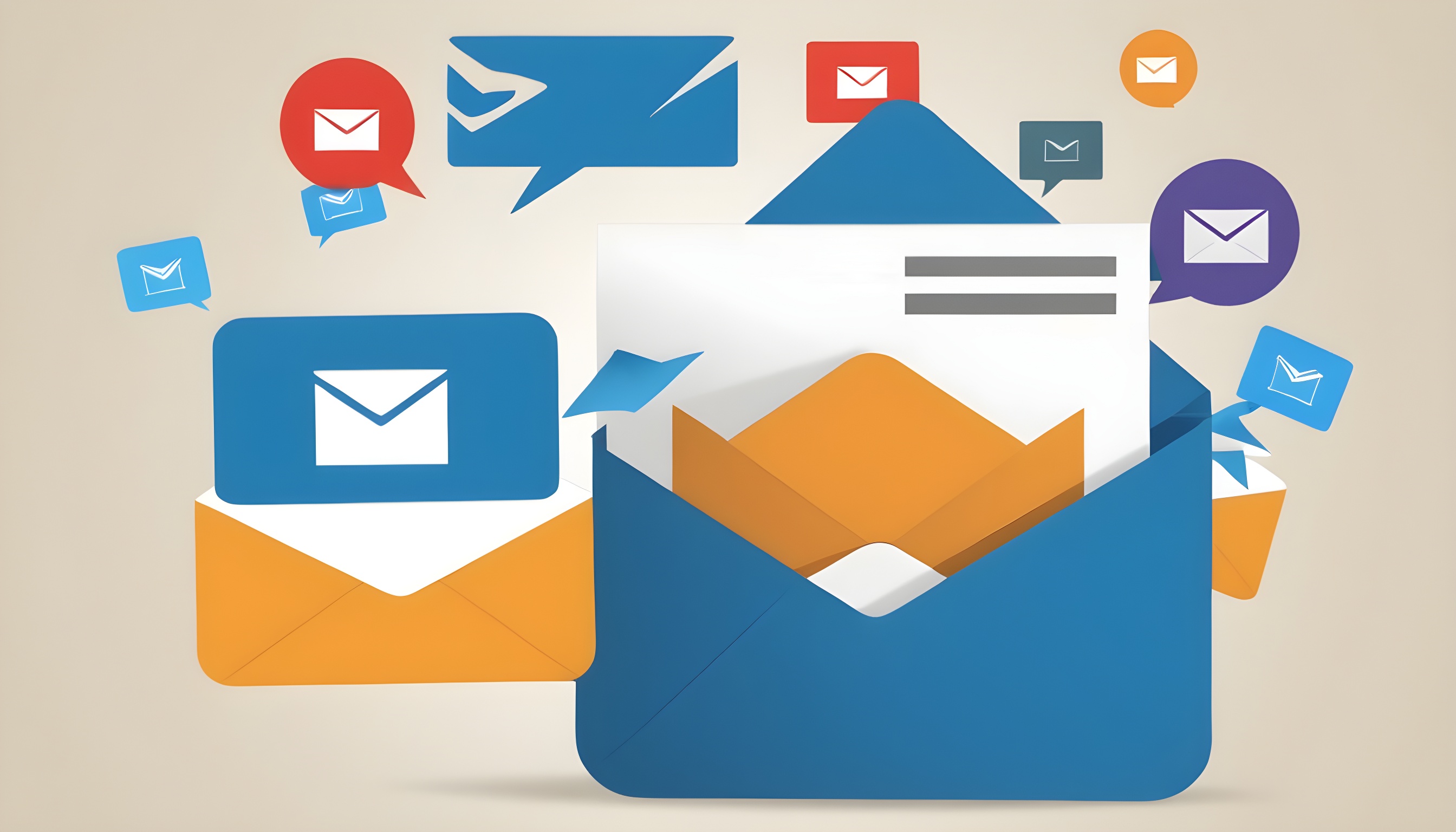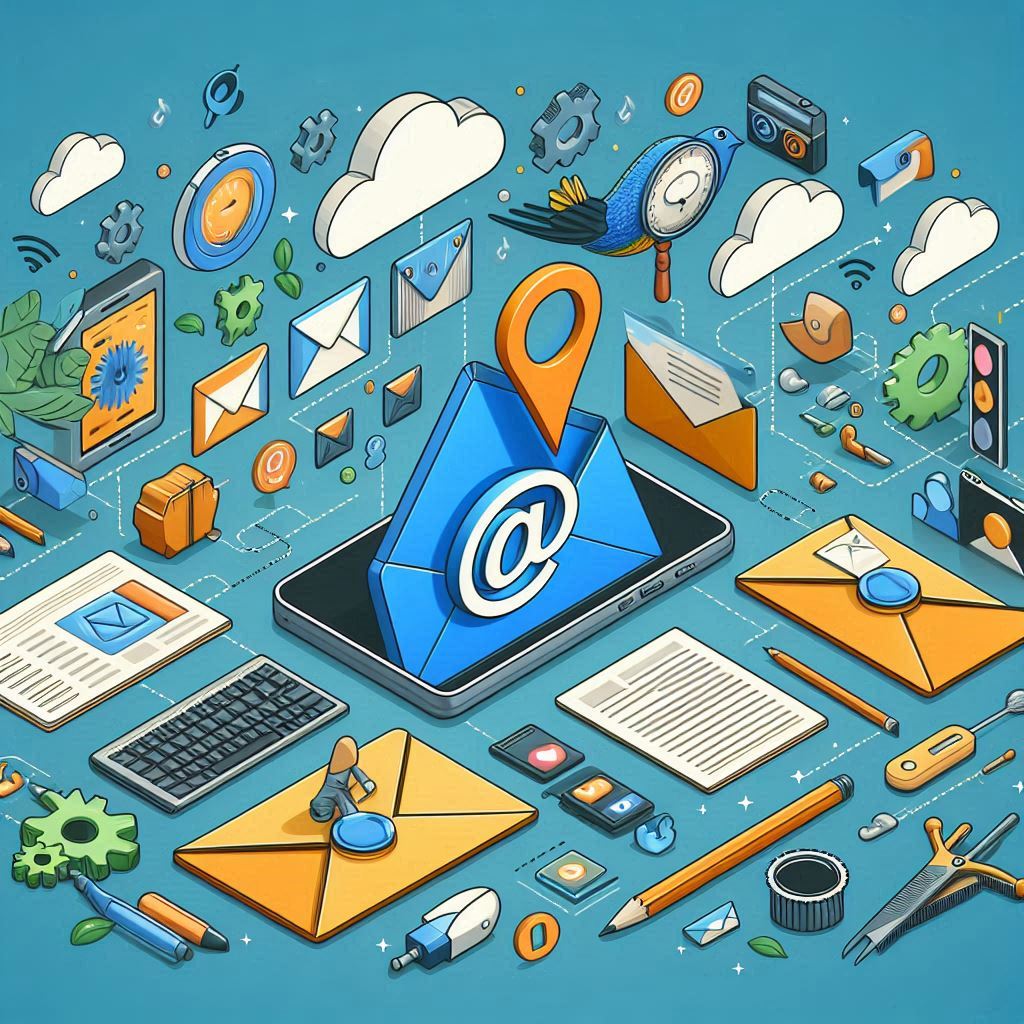
10 Effective Ways to Avoid Spam Filters and Reach the Inbox
Are you tired of spam filters consistently sending your important emails to the spam box? It can be frustrating when your messages don't reach the intended recipient because they have been marked as spam. Fortunately, there are several strategies you can employ to avoid spam filters and ensure that your emails reach the inbox. By following these tips, you can increase the chances of your emails being delivered and read by their recipients.
Main Points
- Use a recognizable sender name and email address.
- Avoid using spam trigger words and phrases.
- Personalize your emails and avoid generic content.
- Optimize your email's HTML and text ratio.
- Include a clear and visible unsubscribe option.
- Send emails at optimal times and frequencies.
- Authenticate your email domain to improve deliverability.
- Regularly clean your email list to remove inactive addresses.
- Test your emails before sending them out.
- Monitor your email metrics to track deliverability and engagement.
Understanding Spam Filters and Their Criteria
Spam filters are crucial tools in maintaining the cleanliness of our email inboxes. They work by analyzing incoming emails and determining whether they are legitimate or not. To do so, they utilize certain criteria to filter out unwanted emails, such as:
- Sender Reputation: The filter checks the reputation of the sender, flagging emails from suspicious or blacklisted senders.
- Content Analysis: It examines the content of the email for any signs of spam, including excessive use of promotional language or misleading subject lines.
- Structural Formatting: The filter looks for common traits found in spam emails, such as large images, excessive links, or hidden text.
Conclusion
Understanding how spam filters work and the criteria they use to identify spam can help us better tailor our email marketing strategies and ensure our legitimate emails reach their intended recipients.
Crafting Engaging and Relevant Email Content
Engage Your Audience
When crafting email content, it’s crucial to consider what will engage your audience. Using a personalized approach and addressing their pain points can grab their attention. Utilize a catchy subject line and ensure that the content is relevant to their interests.
Create Quality Content
It’s important to create content that is both engaging and relevant. This includes using strong and impactful language, as well as providing valuable information. Avoid using a fake email address, as trust and authenticity are key to building a strong relationship with your audience.
Focus on Relevancy
When creating email content, the focus should always be on relevancy. Use keywords strategically and ensure that the content is tailored to the interests and needs of your audience. By doing so, you can effectively capture their attention and drive meaningful engagement.
Implementing Proper Email List Management
When it comes to managing an email list, it is crucial to implement the proper techniques to ensure its effectiveness. One key aspect is maintaining a clean and up-to-date list, regularly removing inactive or unengaged subscribers. Secondly, personalization and segmentation are important for targeting the right audience with relevant content. Lastly, it is essential to comply with data protection regulations to maintain the trust of subscribers and avoid legal issues. Implementing these strategies will lead to a more successful email marketing campaign.
Utilizing Authentication and Verification Protocols
When it comes to ensuring the security and integrity of a system, the utilization of authentication and verification protocols is crucial. These protocols play a key role in verifying the identity of users and ensuring that only authorized individuals have access to sensitive information or resources.
Benefits of utilizing authentication and verification protocols include:
- Enhanced security: By requiring authentication, it helps to prevent unauthorized access and potential security breaches.
- Regulatory compliance: Many industries have strict regulatory requirements for data security, and strong authentication protocols can help organizations meet these standards.
- Protection of sensitive information: Proper authentication and verification protocols can safeguard sensitive data from falling into the wrong hands.
By implementing these protocols, organizations can mitigate risks and ensure the overall integrity of their systems and data.
Avoiding Spam Trigger Words and Phrases
When it comes to email marketing, it's essential to be mindful of the words and phrases that could trigger spam filters. Using trigger words like "free," "buy now," "limited time offer," and "urgent" can land your emails in the dreaded spam folder.
Instead, focus on creating valuable content that resonates with your audience. Personalizing your emails and providing relevant information can help you avoid using spam trigger words while still driving engagement.
Conclusion
By being conscious of the language you use in your email marketing efforts, you can increase the chances of your emails reaching the intended recipients' inboxes and avoid being marked as spam.
Optimizing HTML and Text Ratio in Emails
When it comes to email marketing, striking a balance between HTML and text is crucial for improving deliverability and engagement rates. Research shows that emails with a good balance of HTML and text are more likely to land in the primary inbox and avoid the dreaded spam folder. By optimizing the HTML and text ratio, marketers can ensure that their emails are not only visually appealing but also easily readable across different email clients and devices.
Why the Balance Matters
The HTML provides the structure and design elements of the email, while the text delivers the actual message. Too much reliance on HTML can lead to emails being flagged as promotional or spam, impacting deliverability. On the other hand, too much text without any design elements can make the email look unprofessional and unappealing. Striking the right balance is key to creating emails that are both visually appealing and deliverable.
Best Practices for Optimization
One of the best practices for optimizing the HTML and text ratio is to focus on creating a strong and enticing email copy with a good mix of visuals and text. Using alt text for images and avoiding large chunks of text can also help improve the overall readability of the email. Additionally, testing the email across different email clients and devices can provide insights into how the HTML and text ratio is affecting the email's performance.
Monitoring and Analyzing Email Engagement Metrics
Monitoring and analyzing email engagement metrics is crucial for understanding the effectiveness of your email marketing campaigns. By tracking key metrics, you can gain valuable insights into the behavior of your subscribers and optimize your email content accordingly.
Key email engagement metrics to monitor:
- Open rate: The percentage of recipients who open your emails. This indicates the effectiveness of your subject lines and sender name.
- Click-through rate (CTR): The percentage of recipients who click on links within your emails. CTR measures the relevance and engagement level of your content.
- Conversion rate: The percentage of recipients who take the desired action after clicking on a link in your email, such as making a purchase or signing up for a webinar.
By regularly monitoring and analyzing these metrics, you can improve the performance of your email campaigns and achieve a higher return on investment. It's important to use these insights to continually optimize your email strategy and deliver valuable content to your subscribers.
 App Store
App Store Google Play
Google Play

